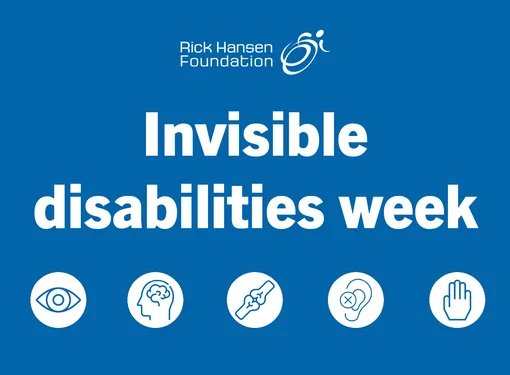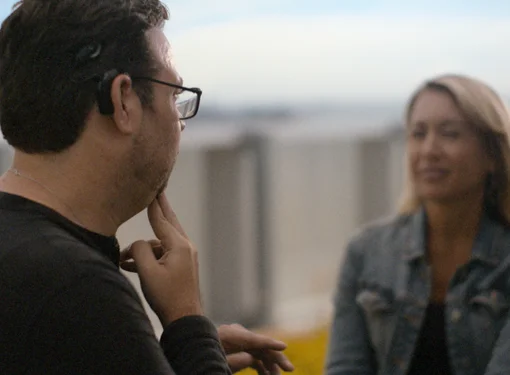Accessible Futures: How Technology is Helping People With Disabilities Thrive
Today, on World Day for Assistive Technology, we pause to recognize the tools that have helped millions of people with disabilities live more fully, independently, and confidently. It’s a day to appreciate innovation, but also to reflect on the many people who still lack access to these life-changing technologies.
Assistive technology spans a wide range of tools: screen readers, hearing aids, mobility devices, speech apps, and more. These devices don’t just support day-to-day tasks, they open a wider door to education, employment, communication, and participation in both the physical and digital world.
Tools That Open Doors
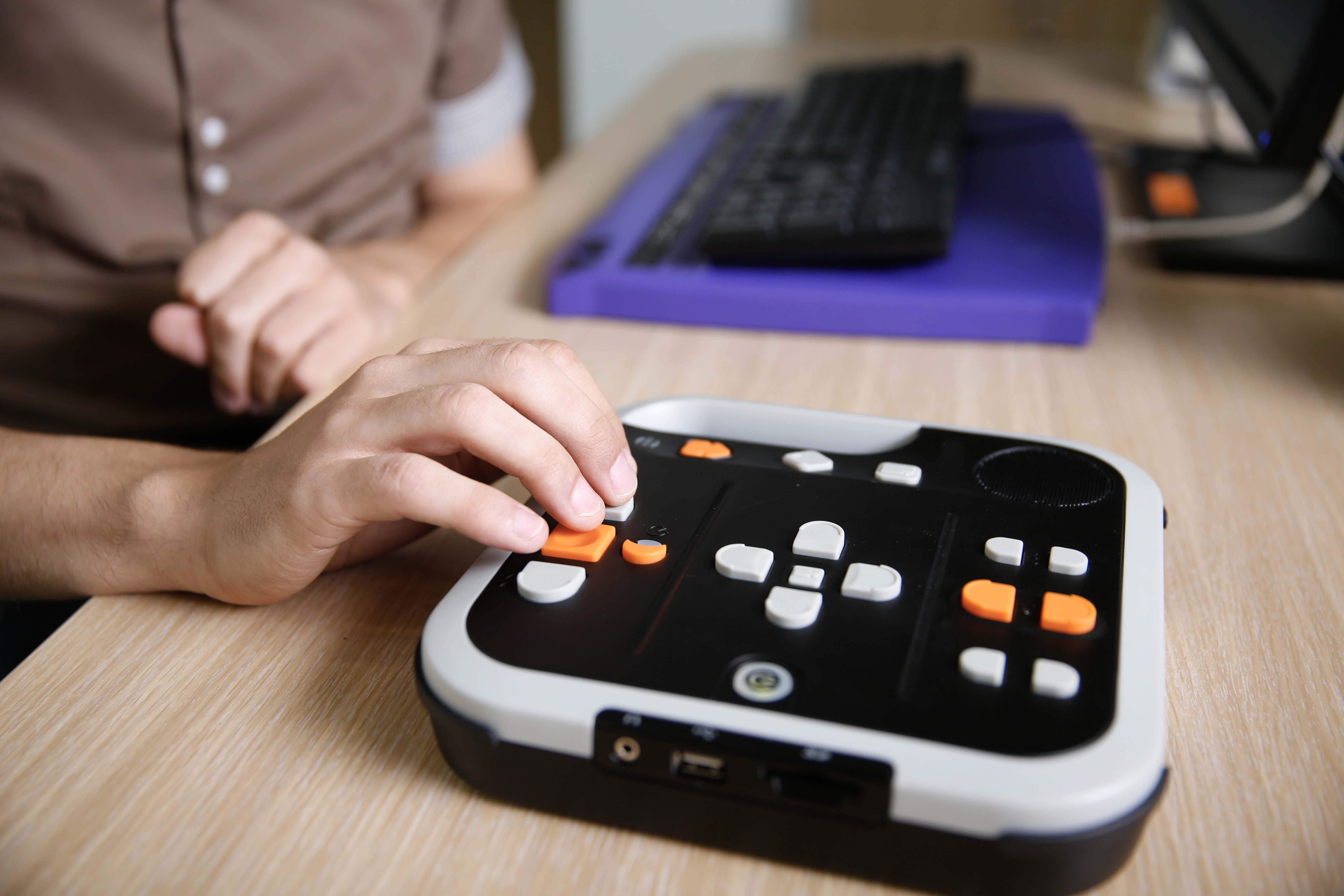
For people who are blind or have low vision, screen readers and text-to-speech software make it possible to access websites, read documents, and navigate apps. These tools help students succeed in the classroom and professionals perform their jobs. GPS-based apps like BlindSquare go a step further, providing real-time information about street crossings, transit stops, and nearby locations, which offers users the freedom to travel safely and independently.
For people who are deaf or hard of hearing, hearing aids and cochlear implants can make a world of difference. These devices help clarify sounds and speech, making conversations more accessible, helping people stay connected in work and social life. Video Relay Services (VRS) allow users to communicate in sign language over video, restoring full expression through facial and body language. This can be especially important in settings like healthcare, where accurate communication matters most.
People with limited mobility are also benefiting from breakthroughs in assistive technology. Adaptive input devices like voice controls, eye-tracking, and head-operated tools make it possible to use computers and smartphones without needing hands. These tools support independence, making it easier to work, study, and manage daily life. Wheelchair-accessible vehicles and assistive robots are also expanding physical freedom and reducing the need to rely on others for certain tasks.
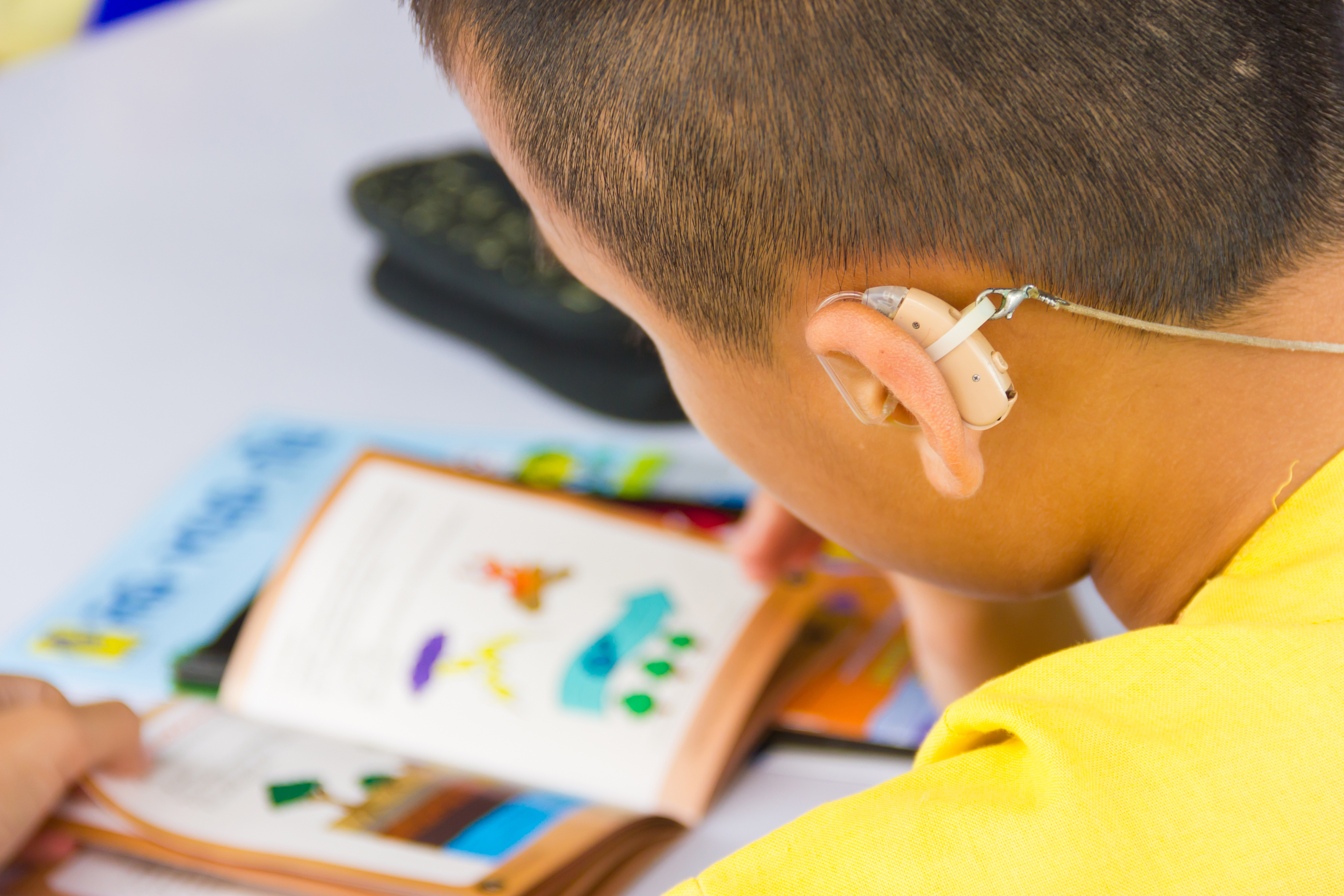
Unlocking Potential
Assistive technologies unlock potential. With the right tools, people with disabilities are able to study, work, build careers, support their families, and lead. Their participation strengthens communities, drives innovation, and creates a more inclusive world for everyone.
But access to these tools is still unequal.
A Gap That Should Not Exist
For many, assistive technology is simply too expensive or unavailable. Some families must choose between basic needs and tools that could change their child’s future. Students fall behind not because they lack ability, but because they lack access. Skilled workers are left out of opportunities because the technology they need is beyond reach.
This is the reality we must confront. The gap between those who have access and those who do not is growing. And with every barrier that remains, potential is lost.
Turning Awareness Into Access
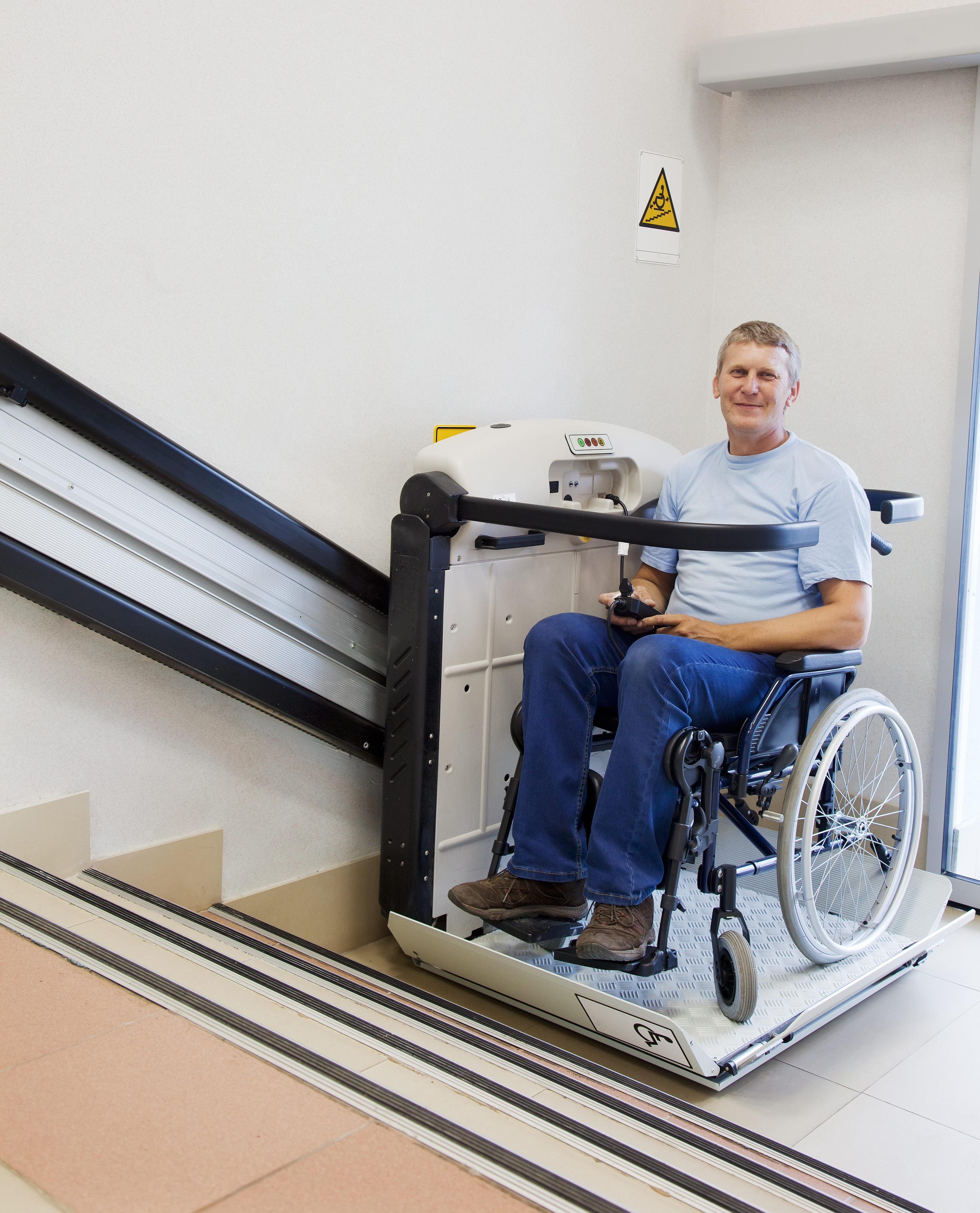
World Day for Assistive Technology is a reminder of how far we’ve come and how much more we need to do. Closing the accessibility gap requires investment, policy change, and global cooperation. Assistive technology should not be a luxury, but a basic human right. It is an essential tool for building inclusion and progress.
When people with disabilities are equipped with the tools they need, they don’t just change their own lives, they help transform the world around them.



